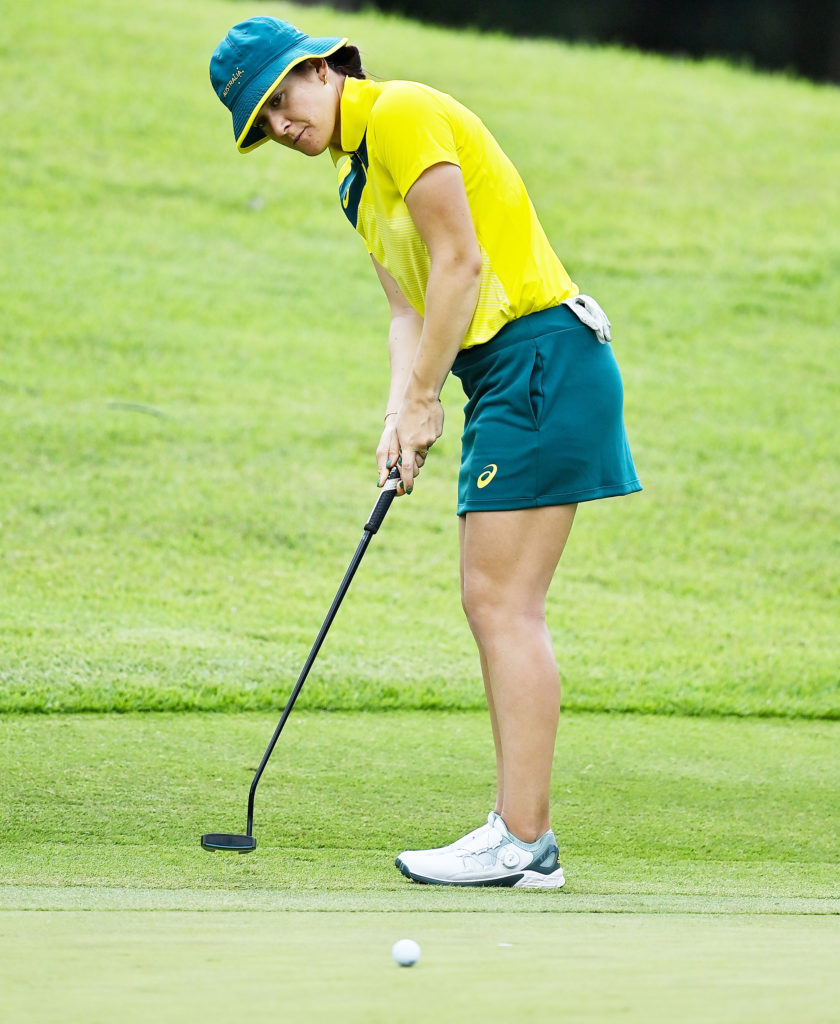Rising stars face an important decision, along with multiple options, when it comes to furthering their golf career.
Whether you are a parent who is familiar with the golf scene or not, making decisions for your junior golfer can be daunting.
The magnitude of choices about high-performance institutes, American college scholarships and amateur and professional tournaments is enormous. The pathway a parent and child choose together to forge either a career in golf or simply a significant chapter in their lives will pave the way for their future. The experiences junior golfers have in their formative years are of the utmost importance and can determine if they will stay in golf or exit, perhaps as wasted talent.

One of the most challenging aspects of raising a junior golfer is balancing other sports and interests. There are two common models to which existing sports stars traditionally belong. One is all-in, complete focus on the chosen sport, such as the path taken by Michelle Wie, who started at age 4, or Lexi Thompson, who was home-schooled so she could concentrate on golf, and child prodigy Lydia Ko, who started playing at 5 years of age. The other approach professional sportspeople have taken is to create a more diverse exposure to sports, which is the pathway that golfers such as Annika Sorenstam, who played high-level soccer and tennis, Brooke Henderson, who played representative ice hockey and, of course, the Korda sisters, who unsurprisingly could have chosen tennis as their professional sport, all took.
Ultimately, the advice from sport psychologists and field experts is that there is no right or wrong way for a junior to go. The overreaching advice is that it should be ‘athlete’-led – that is, let your child either focus on golf or let the child explore a range of sports, whichever they choose. Never force the issue one way or another.
Another major area of interest with junior golfers is whether or not they should have a career back-up plan. Many professional sportspeople have lamented in reflecting upon their early development years, while some have completed tertiary education and others simply put all their eggs in one basket without thought to their future. The latter could be a dangerous choice. With statistics showing that for a child to ‘make it’ or achieve a level of international success, the athlete is in the top 1 percent of the top 1 percent in the world. Given those statistics, gaining a tertiary education while chasing a dream might be a good idea.

Following on from sport and education, the United States has an excellent option that incorporates both tertiary education and inter-collegiate tournaments for elite golfers. Unfortunately, we do not have the same sort of program in Australia. The US college-golf programs are world-class in terms of the standard of golf, facilities and education. With US college scholarships’ gender-equality legislation stipulating equal opportunity for males and females, there is an abundance of scholarships available for young women. During the past few years, the trend for elite amateur girls in Australia has been to follow in the footsteps of Minjee Lee and Hannah Green and skip college in preference for the Golf Australia High Performance Program.
Perhaps the decision to avoid college golf was a good one for these two, given that they have both had early success. However, one could argue they missed out on the incredible experience of playing in a team environment and, of course, the bonus of a tertiary education. The college route is popular and many of our successful golfers have taken this option. Life is full of unknowns and it is important to remember that, despite how much talent a golfer may have, there are many ways a golf career can be cut short. It is therefore pertinent to have another string to your bow.
Whether you are getting your child into golf for the first time or making more serious decisions about their vocation and how golf will fit in, it is important to be aware of the available programs. Guiding a young golfer can be challenging, however it is reassuring to know there is an abundance of programs, support and financial scholarships that can help your young golfer reach their full potential. You never know if your child could be the next Australian golf star!
Featured photography by Mackenzie Stroh



